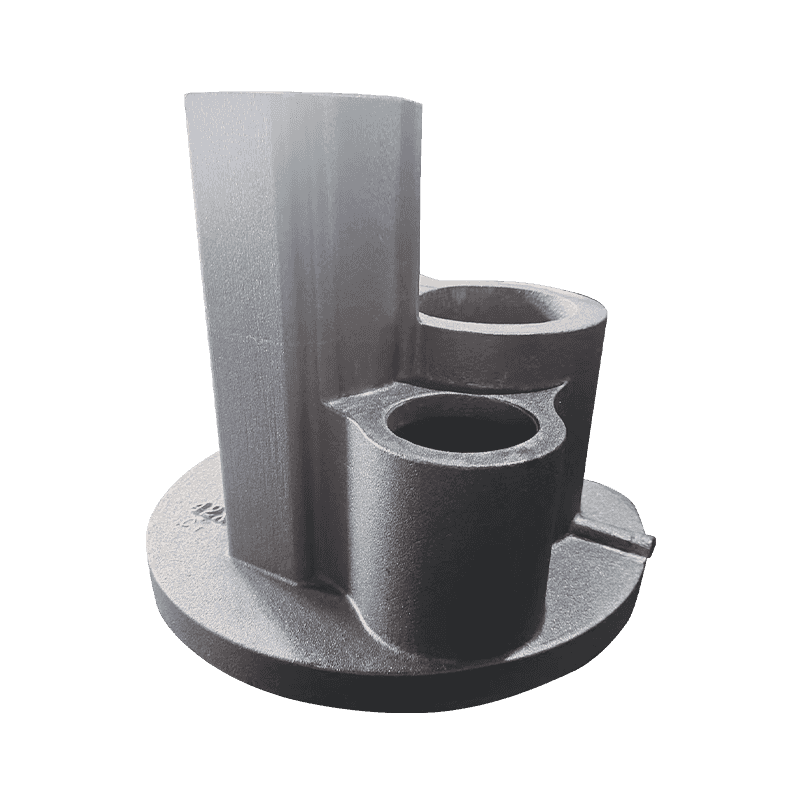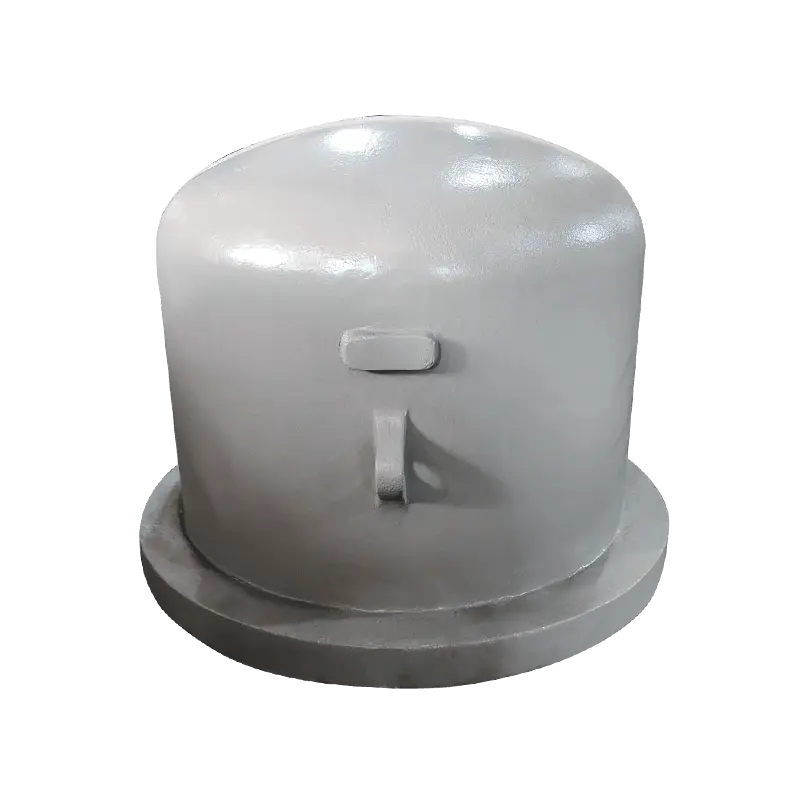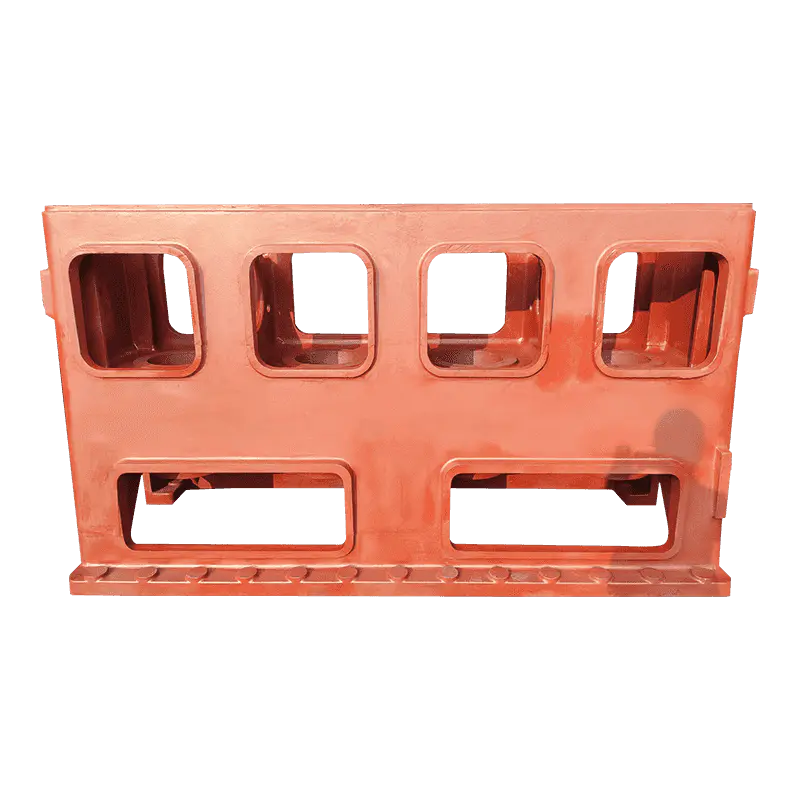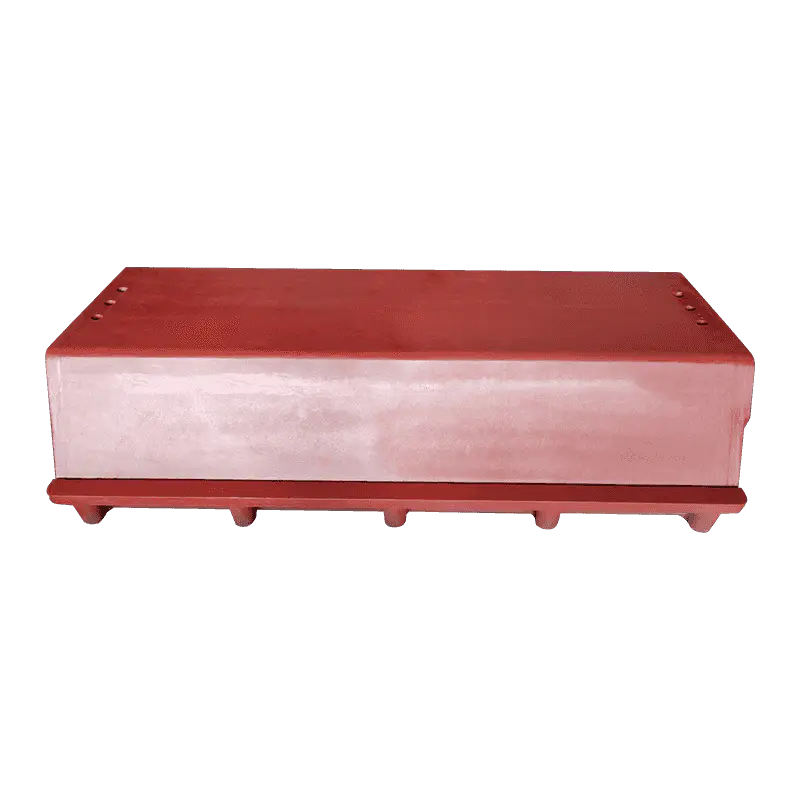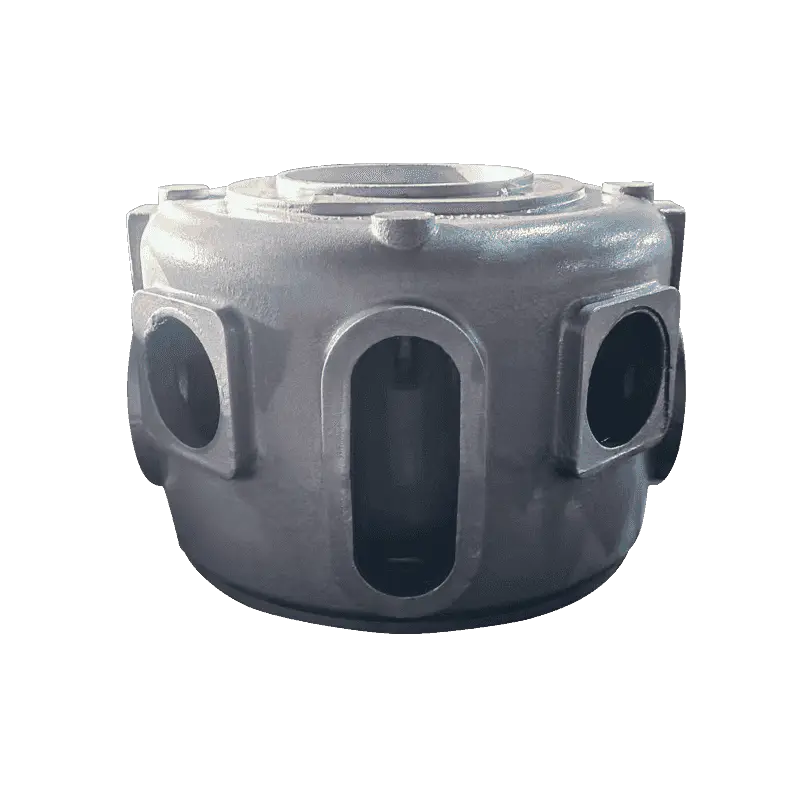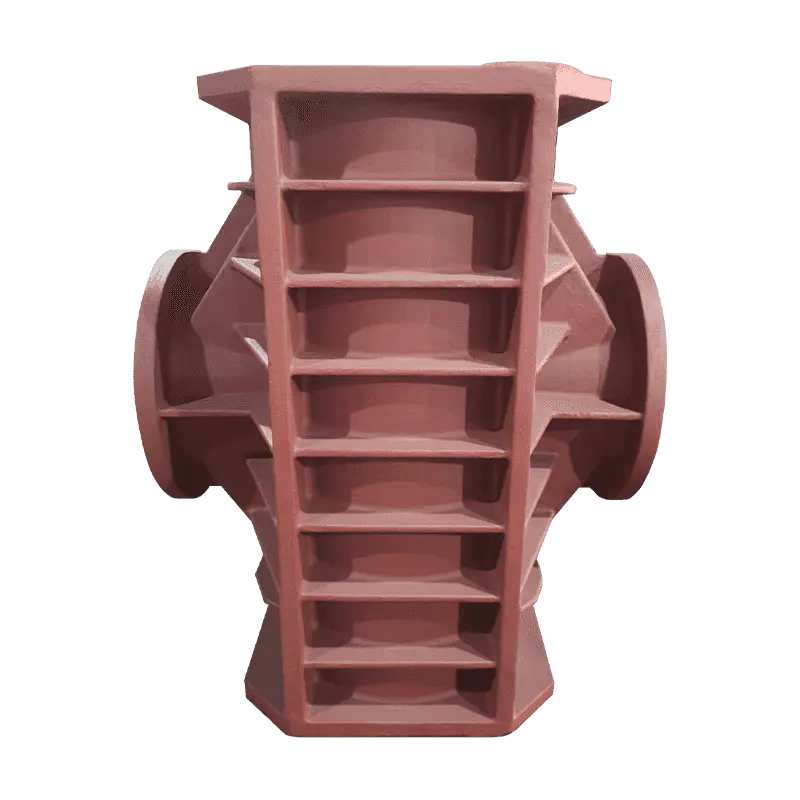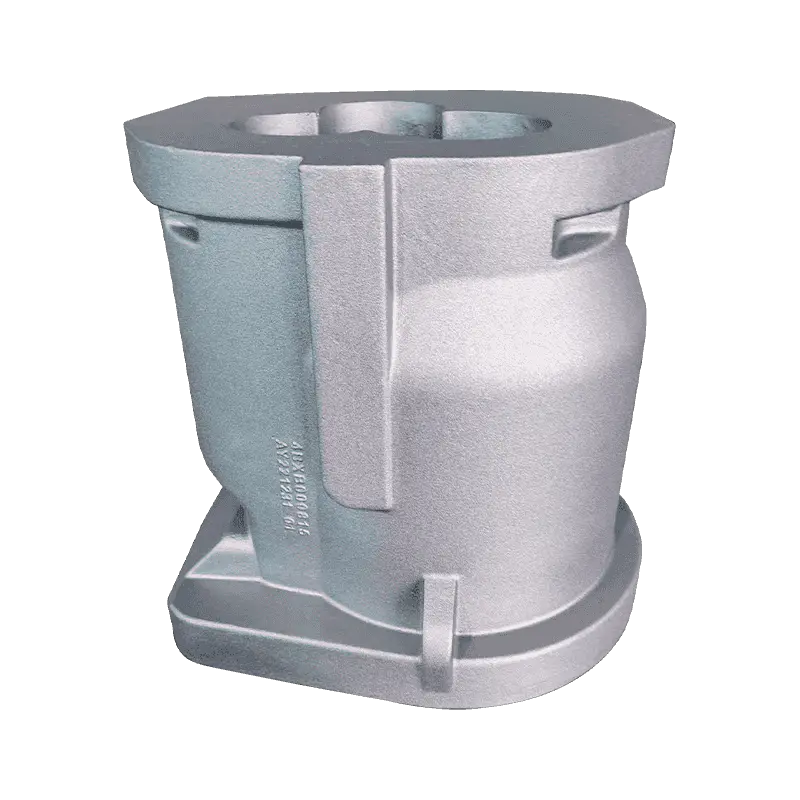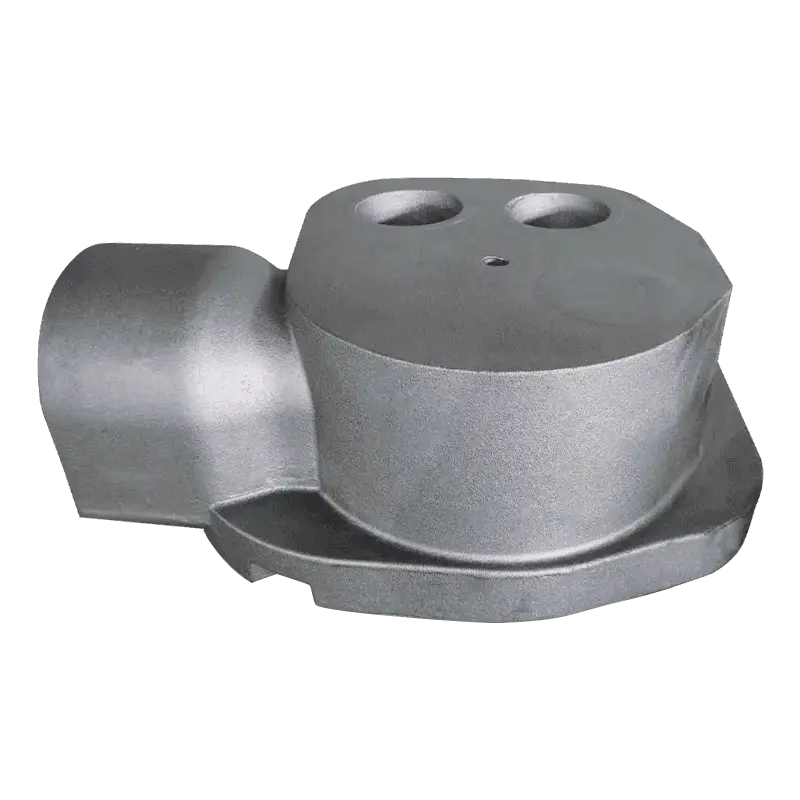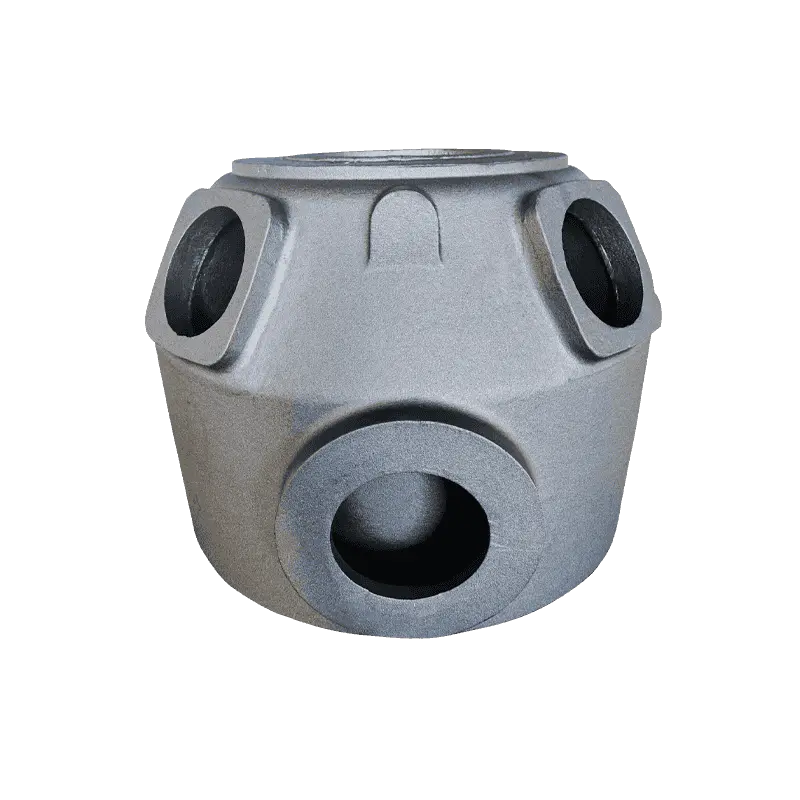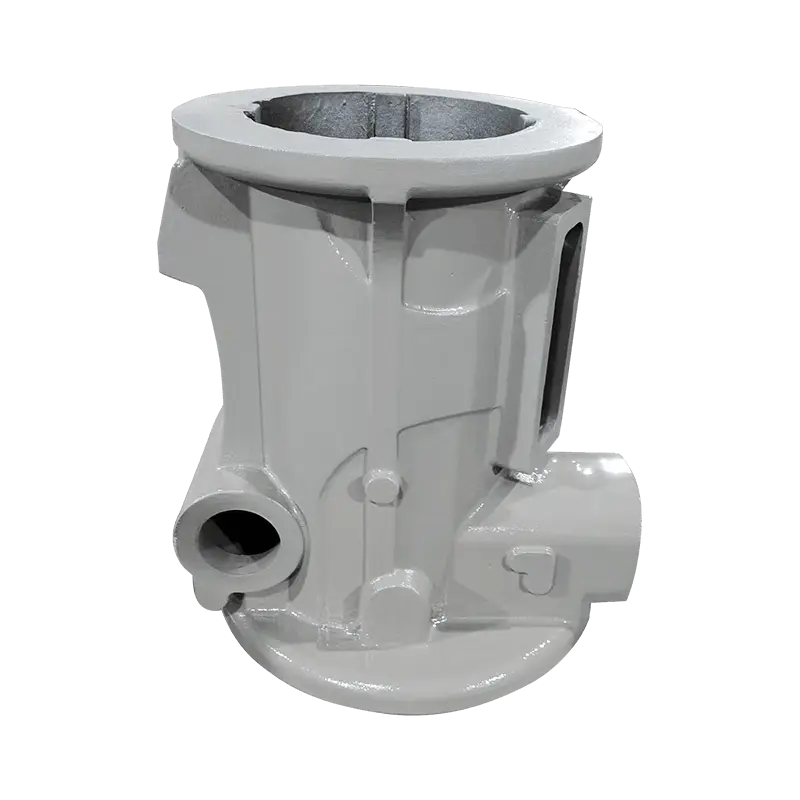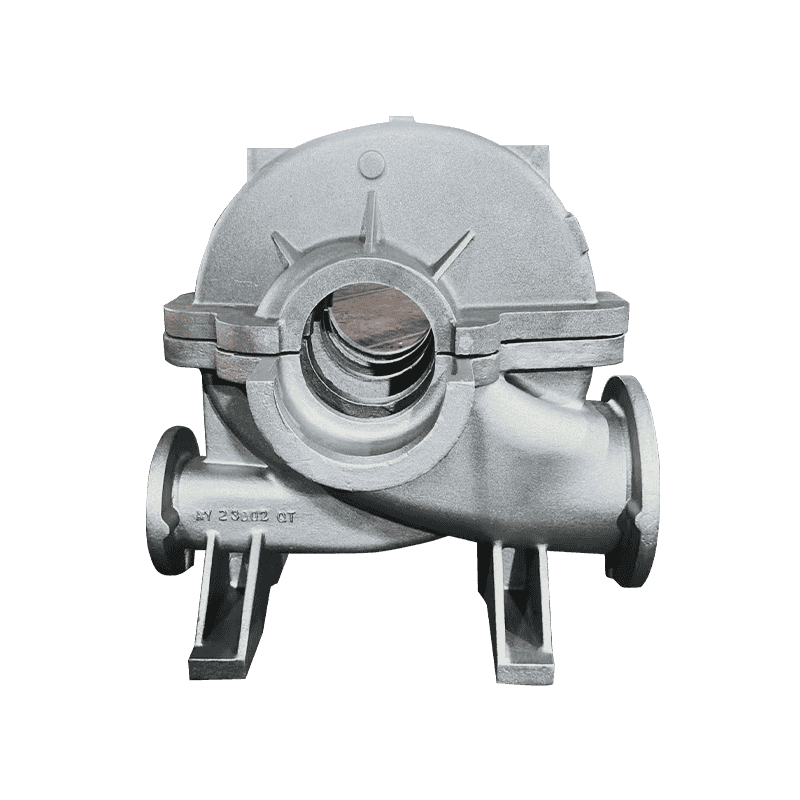The Machine Tool Column serves as one of the fundamental structural elements in a machine tool, providing the backbone that supports the spindle, tool holders, and other critical components. Its inherent rigidity determines how well it can resist bending, twisting, or deflection forces generated during machining. Under high cutting forces, a column with inadequate stiffness will deform, causing the tool to deviate from the intended path. This deformation can lead to dimensional inaccuracies, surface finish defects, and increased scrap rates. Therefore, the column’s design prioritizes materials and structural geometry that maximize stiffness, such as heavy castings with internal ribbing or box-type cross-sections, to ensure minimal displacement and enhanced stability throughout the machining cycle.
The geometric stability of the entire machine system depends largely on the column’s ability to maintain its shape under load. During cutting, especially with heavy or interrupted cuts, fluctuating forces act on the tool and workpiece, which can cause elastic deformation of the machine structure. The Machine Tool Column acts as a resistant member that counteracts these forces, preserving the geometric relationships between the tool, spindle, and workpiece fixture. If the column flexes or twists, it can cause misalignment of the tool path, leading to inaccuracies such as tapering, out-of-round holes, or surface waviness. Hence, precise engineering and robust material selection for the column reduce these distortions, maintaining machine accuracy even under demanding load conditions.
Vibrations generated during machining — called chatter — cause rapid oscillations of the cutting tool, which can degrade surface quality and reduce dimensional accuracy. The Machine Tool Column is designed to act as a vibration absorber or damper, either inherently due to the damping characteristics of its material (such as cast iron) or through integrated vibration control measures like polymer damping inserts or tuned mass dampers. By dissipating vibrational energy, the column stabilizes the tool’s motion, maintaining a consistent tool path and reducing surface irregularities.
The Machine Tool Column establishes the reference geometry for the entire machine tool system. Its surfaces and guideways determine the alignment of moving axes and the position of the spindle relative to the workpiece. Any inaccuracies in the column’s geometry or deformation over time can misalign these components, leading to angular errors, non-parallelism, or out-of-plane displacement in machined parts. To maintain geometric stability, columns are manufactured with tight tolerances using precision machining and grinding techniques. The design includes symmetrical features to evenly distribute loads, preventing twisting or uneven wear. Maintaining this alignment is essential for repeatability, ensuring that each machined part meets dimensional specifications without requiring excessive recalibration.
Thermal expansion is an often-overlooked factor affecting machining accuracy. Heat generated by cutting, ambient temperature fluctuations, and machine operation causes the Machine Tool Column to expand or contract. Since the column sets the machine’s geometric references, thermal deformation can cause changes in axis positioning and tool location. To combat this, columns are constructed from materials with low thermal expansion coefficients or are engineered with design features that compensate for heat-induced changes. For example, incorporating hollow sections or cooling channels can reduce heat accumulation. Advanced columns may use active thermal compensation systems that adjust the machine’s control parameters based on temperature sensors, maintaining machining accuracy despite thermal variations.

